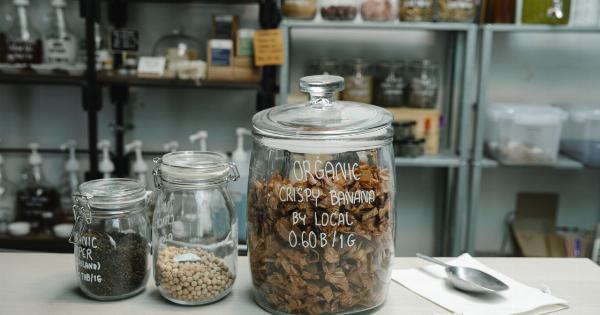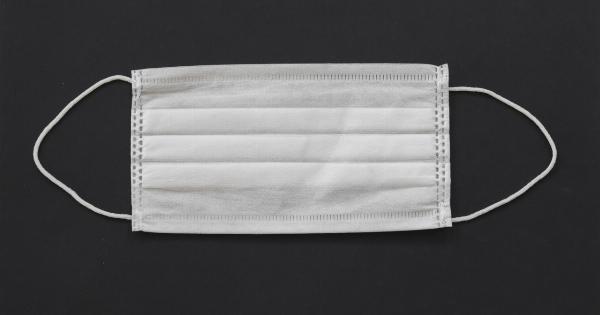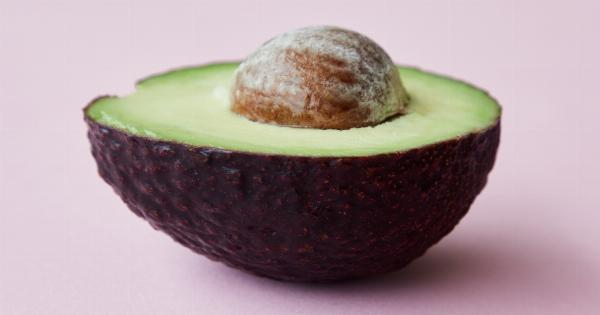When you’re sick with a respiratory infection, you may find yourself coughing up phlegm, also known as sputum. The color and consistency of phlegm can actually provide important clues about your respiratory health.
Understanding what different colored phlegm means can help you identify the underlying cause of your symptoms and seek appropriate medical treatment. In this guide, we will explore the various colors of phlegm and what they signify.
Clear or White Phlegm
If your phlegm is clear or white, it usually indicates a mild respiratory infection, such as a common cold. This type of phlegm is typically thin and watery. It is often accompanied by symptoms like a runny or stuffy nose, sneezing, and a mild cough.
Clear or white phlegm is generally not a cause for concern and often resolves on its own within a few days.
Yellow or Green Phlegm
Yellow or green phlegm is typically a sign of a more severe respiratory infection, such as bronchitis or pneumonia.
It indicates that your body is actively fighting the infection, and the color is due to the presence of white blood cells, bacteria, and other inflammatory substances. Yellow or green phlegm may be accompanied by a persistent cough, fever, chest congestion, and fatigue.
If you are coughing up this colored phlegm for more than a week, it is advisable to consult a healthcare professional for further evaluation and appropriate treatment.
Red or Pink Phlegm
Coughing up red or pink phlegm can be alarming, as it may indicate the presence of blood. This can be caused by various conditions, including respiratory infections, bronchitis, lung cancer, tuberculosis, or even a pulmonary embolism.
It is crucial to seek immediate medical attention if you notice red or pink phlegm, as it may signify a serious underlying condition. A thorough evaluation by a healthcare professional is necessary to rule out any serious disorders and determine the appropriate treatment.
Brown or Rust-Colored Phlegm
Brown or rust-colored phlegm is often a result of smoking or inhaling polluted air. It can also be caused by a fungal infection or in rare cases, the presence of old blood.
If you are a smoker and notice brown phlegm, it is a clear indication that smoking has had a negative impact on your respiratory health. Quitting smoking and avoiding exposure to pollutants is crucial for improving your lung health.
If you have persistent brown or rust-colored phlegm, it is advisable to consult a healthcare professional to rule out any underlying infections or other respiratory conditions.
Gray or Black Phlegm
Coughing up gray or black phlegm is a significant cause for concern. It may suggest that you have been exposed to occupational hazards or environmental pollutants, such as coal dust or asbestos. In rare cases, it can also indicate a fungal infection.
Regardless, it is crucial to seek immediate medical attention if you notice gray or black phlegm, as it may be an indication of a serious lung condition. A thorough evaluation and appropriate testing are necessary to determine the underlying cause and provide appropriate treatment.
Frothy Phlegm
Frothy phlegm is often associated with conditions such as pulmonary edema or heart failure. It is characterized by a bubbly or foamy appearance and may be pink in color due to the presence of blood.
If you experience frothy phlegm along with symptoms like shortness of breath, rapid breathing, chest pain, or swelling of the lower extremities, it is crucial to seek immediate medical attention. Prompt evaluation and treatment are necessary to manage these potentially life-threatening conditions.
Thick, Sticky Phlegm
If you are coughing up thick, sticky phlegm, it may be a sign of chronic bronchitis or a respiratory tract infection. This type of phlegm is often yellow or green in color and can be difficult to cough up.
It may be accompanied by a persistent cough, wheezing, chest discomfort, and shortness of breath. Consulting a healthcare professional is advisable if you have persistent symptoms or if your symptoms worsen, as it may necessitate further evaluation and targeted treatment.
Blood-Tinged Phlegm
Coughing up phlegm that is streaked or tinged with blood can be indicative of various conditions, including bronchitis, tuberculosis, pneumonia, lung cancer, or even a pulmonary embolism.
While small amounts of blood in phlegm may not be an immediate cause for concern, it is essential to seek medical attention for proper evaluation and accurate diagnosis. Only a healthcare professional can determine the underlying cause and recommend appropriate treatment.
When to Seek Medical Attention
While the color of your phlegm can provide insight into your respiratory health, it is essential to remember that the color alone is not always a definitive indicator of the severity of a condition.
There may be variations in color depending on the stage of the infection or other factors.
If you experience any of the following symptoms along with your colored phlegm, it is crucial to seek immediate medical attention:.
- Severe shortness of breath
- High fever
- Chest pain
- Significant weight loss
- Severe fatigue
- Persistent cough that lasts for more than a few weeks
- Coughing up blood in large amounts
- Wheezing or audible breathing sounds
These symptoms may indicate a more serious respiratory condition that requires urgent medical intervention.
Conclusion
Understanding the significance of different colored phlegm can assist you in recognizing potential respiratory issues.
While certain colors may be indicative of minor infections that can resolve on their own, others may point to more severe conditions requiring medical attention. By paying attention to the color and consistency of your phlegm and promptly seeking medical advice when necessary, you can actively contribute to the management of your respiratory health.






























